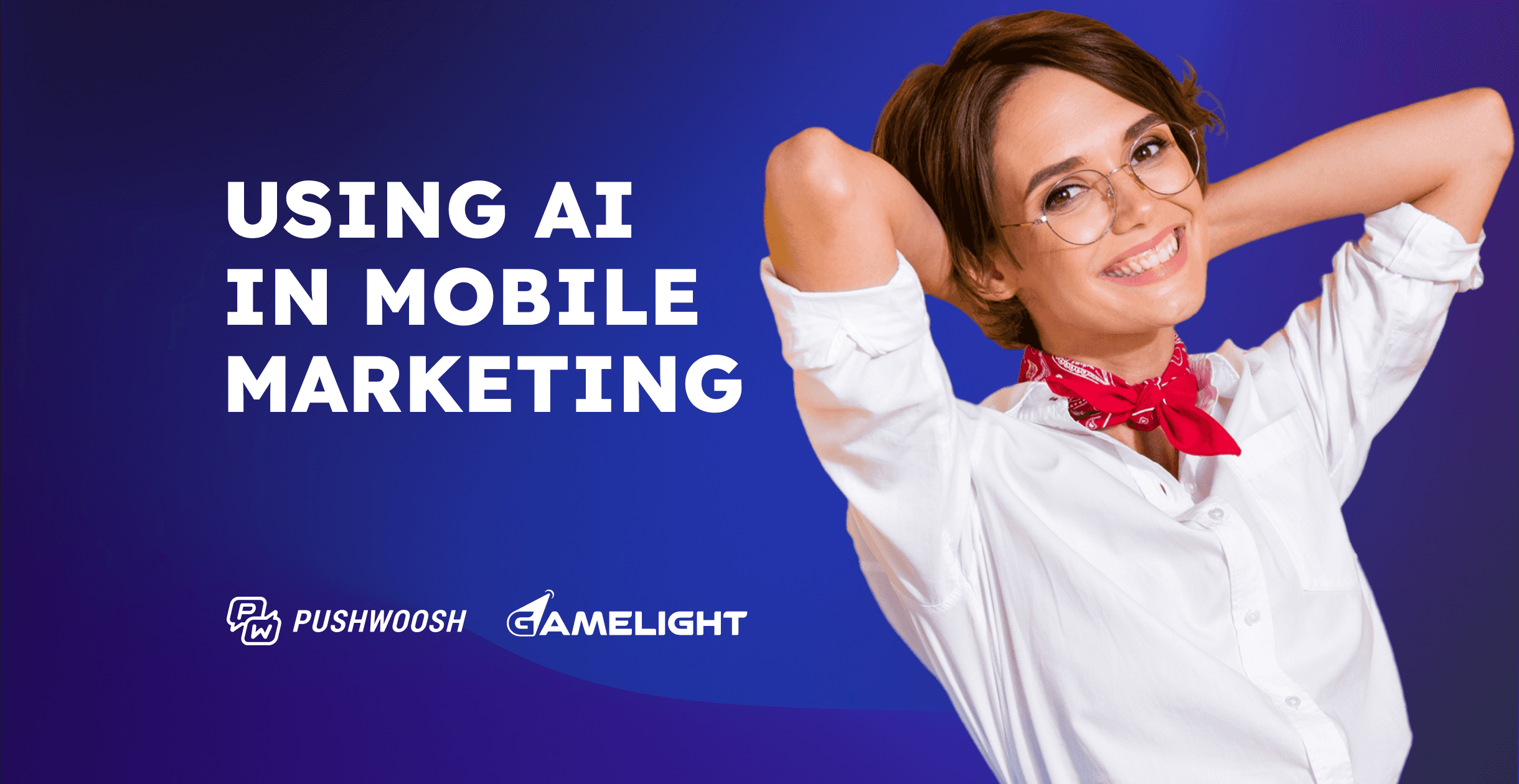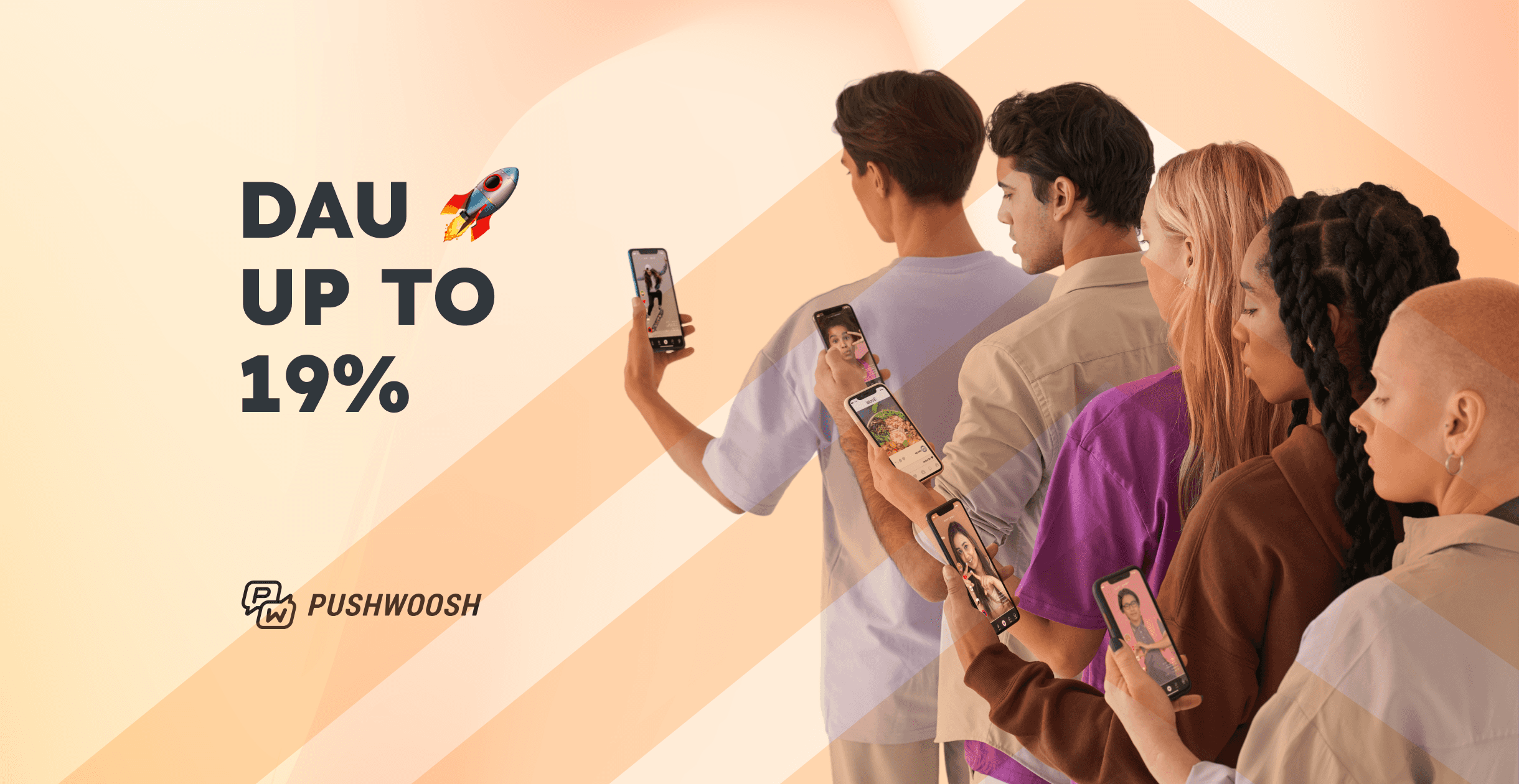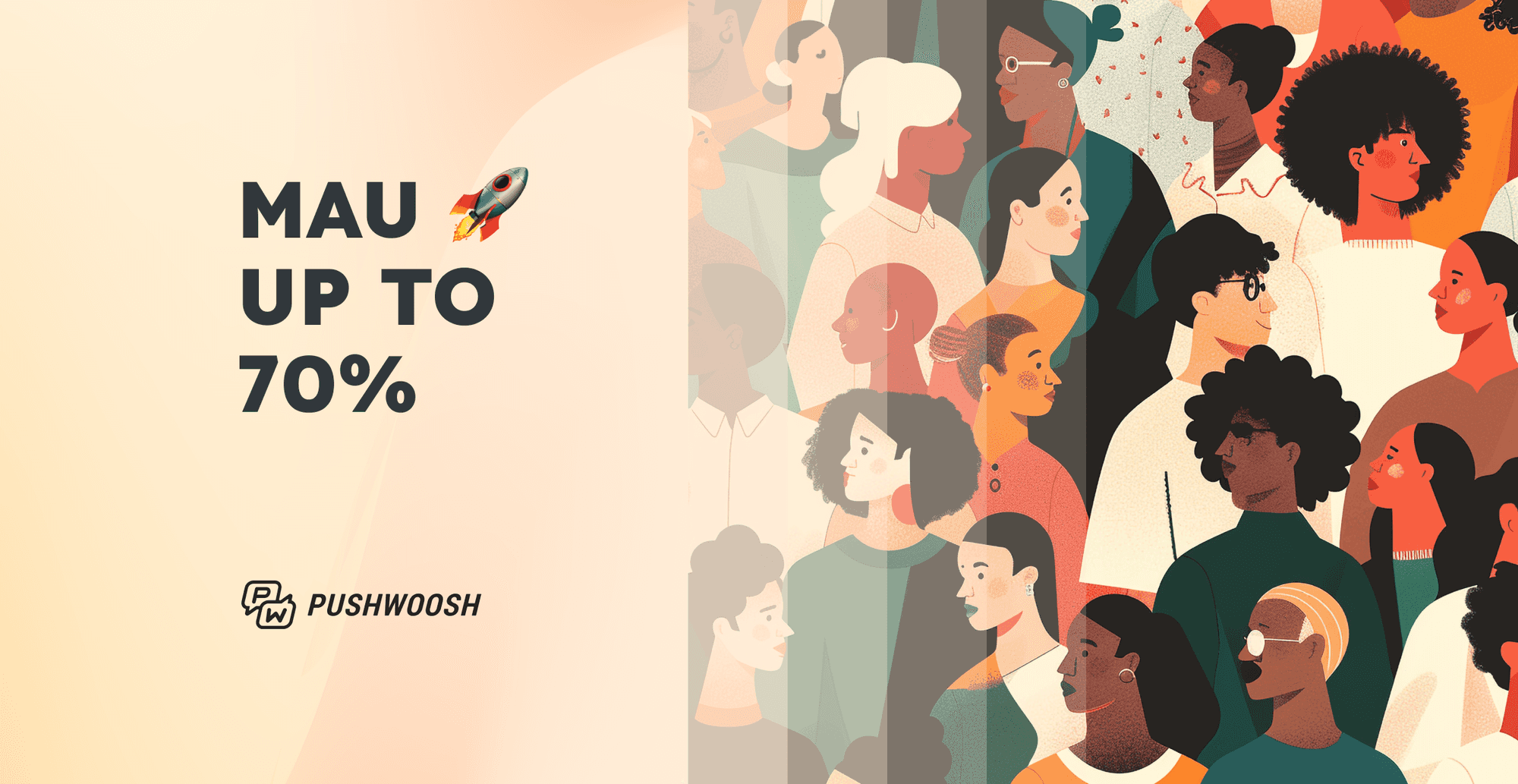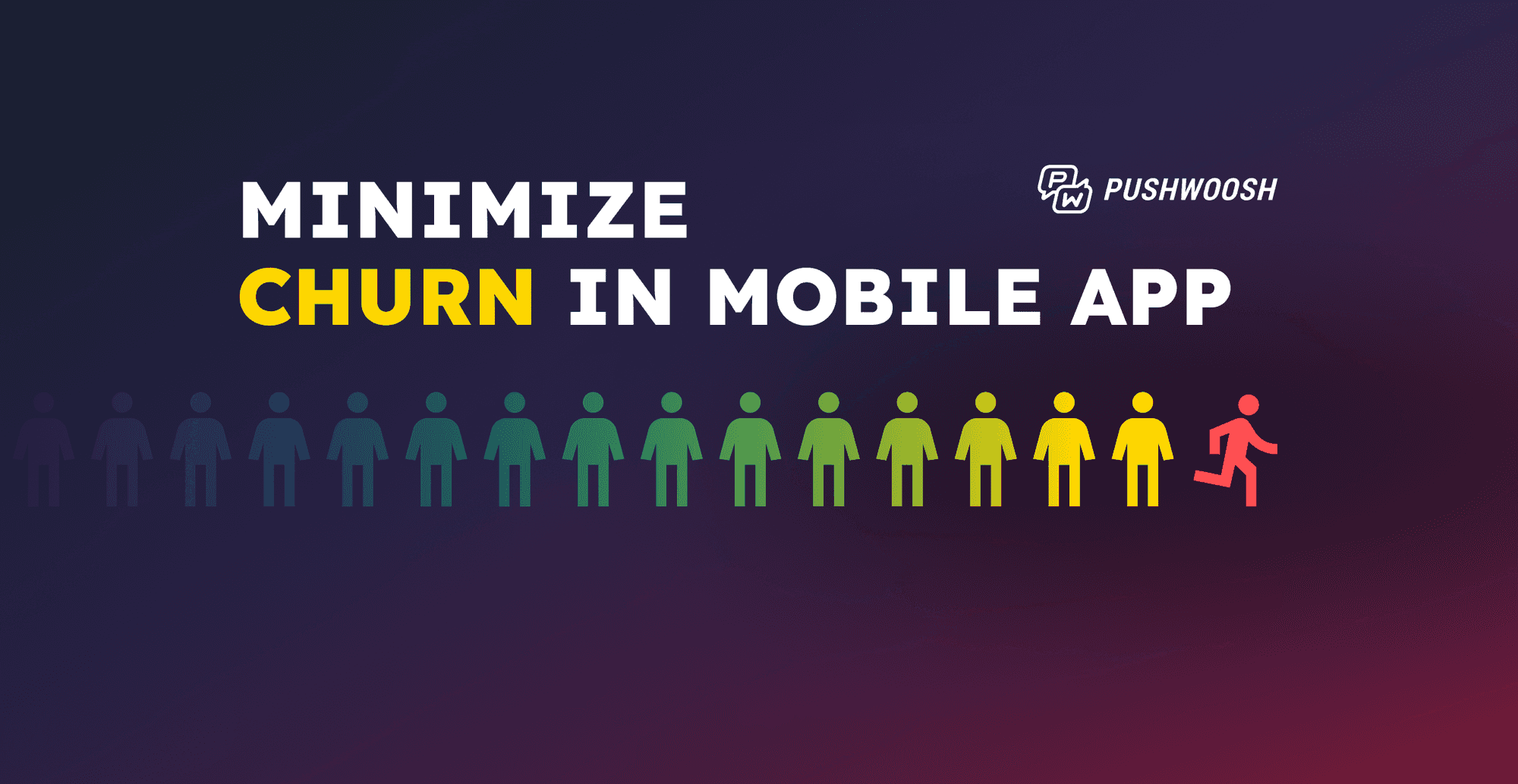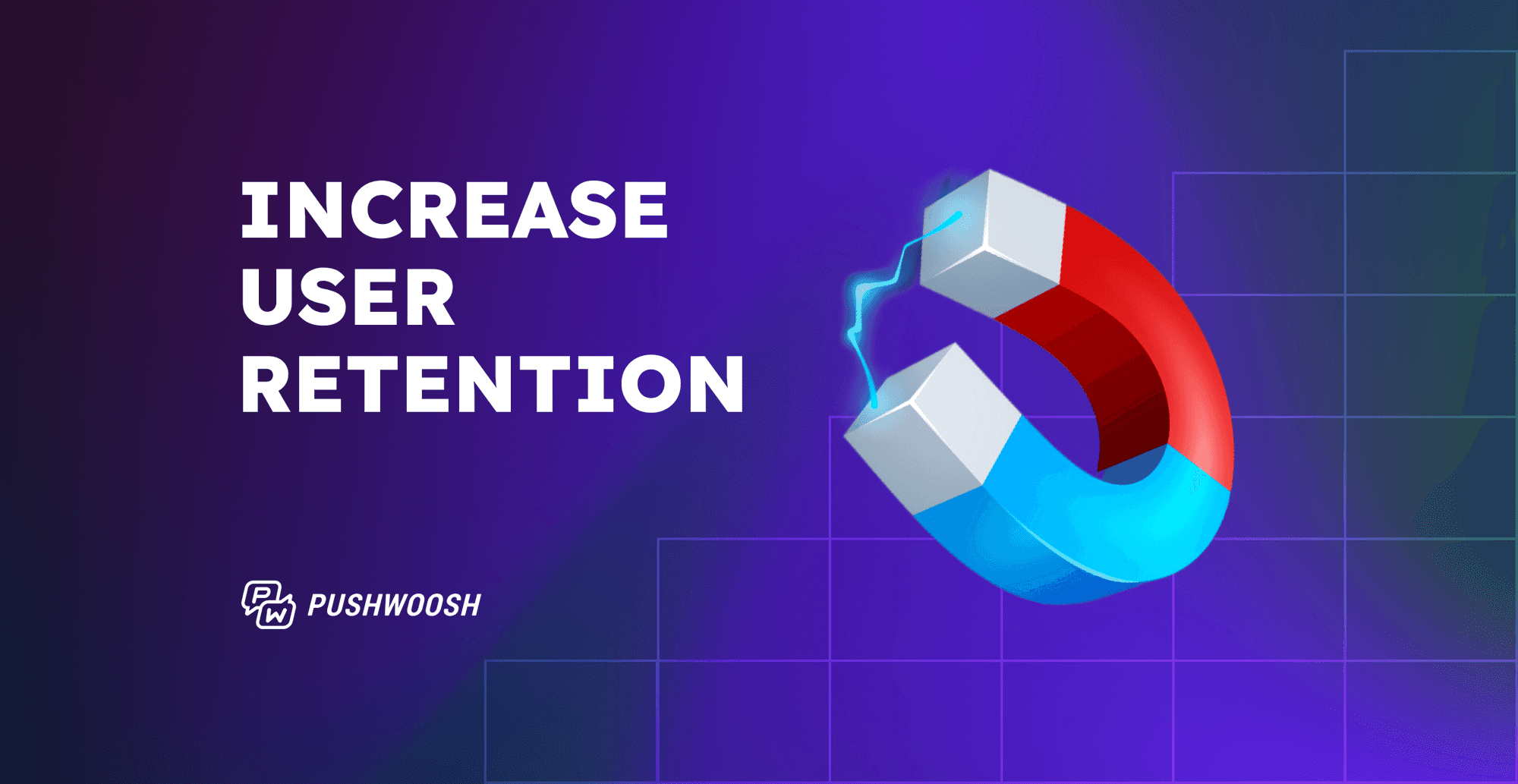What every mobile marketer needs to know about AI in 2025
AI is transforming how brands connect with users: faster, smarter, and more personalized than ever. If you’re exploring the use of AI in mobile marketing, this guide is for you, as it breaks down the real-world strategies, tools, and examples you need to stay ahead.
What is AI in mobile marketing?
AI in mobile marketing refers to the use of machine learning, predictive modeling, and automation to improve performance across the user lifecycle, from acquisition and engagement to retention and monetization.
Key applications:
- User acquisition optimization: Automatically identifies and targets high-value users based on predictive signals, demographics, and lookalike models.
- Creative testing: Runs dynamic A/B and multivariate tests to optimize ad creatives and messaging in real-time.
- Behavior prediction: Forecasts user churn, LTV, and in-app behaviors to tailor engagement strategies.
- Personalization: Delivers customized messages and offers based on each user’s preferences, habits, and in-app behavior.
- Fraud detection: Detects unusual click or install patterns to prevent budget loss to fake users or bots.
Understanding AI in mobile marketing also helps businesses grasp the wider scope of what is mobile marketing: a data-driven, user-centric approach across mobile platforms that includes push notifications, SMS, email, in-app messages, and more.
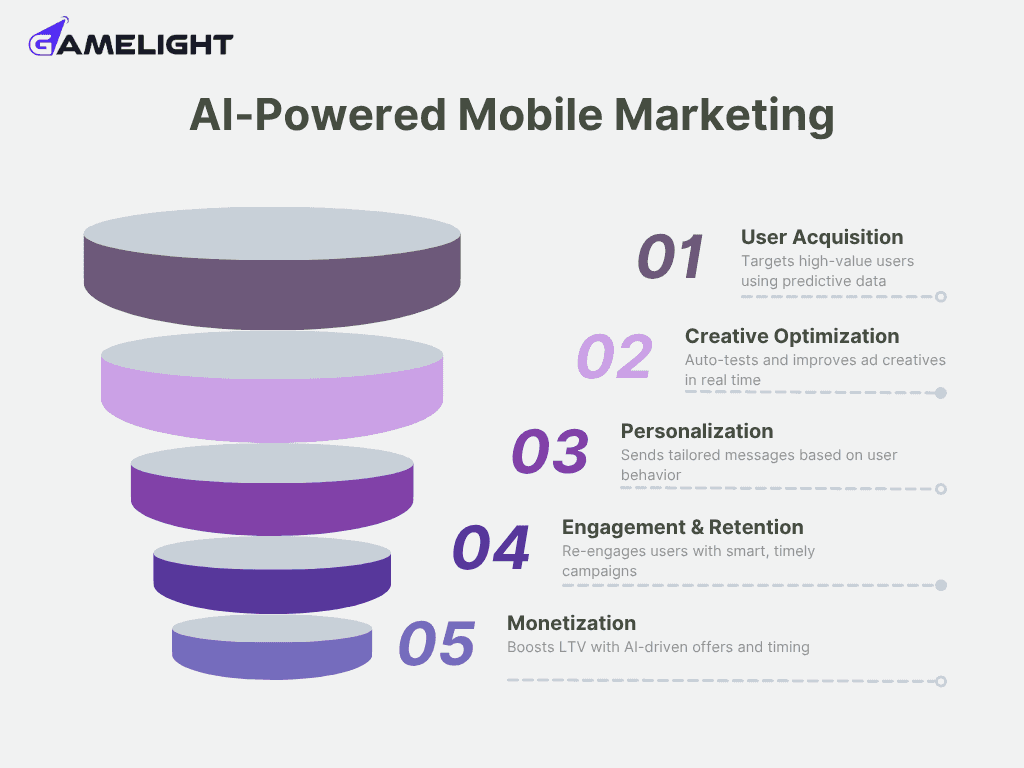
Why AI matters more than ever in 2025
With performance marketing becoming more expensive and less predictable due to privacy shifts, marketers must learn to do more with less. AI delivers a competitive edge by transforming massive data into actionable insights, helping brands understand how to use AI in marketing effectively.
Turning data into action
AI models instantly process millions of signals to generate campaign insights, making teams faster and smarter.
Speeding up optimization
What used to take a week to optimize can now be done in just hours, thanks to AI that learns and improves campaigns on its own.
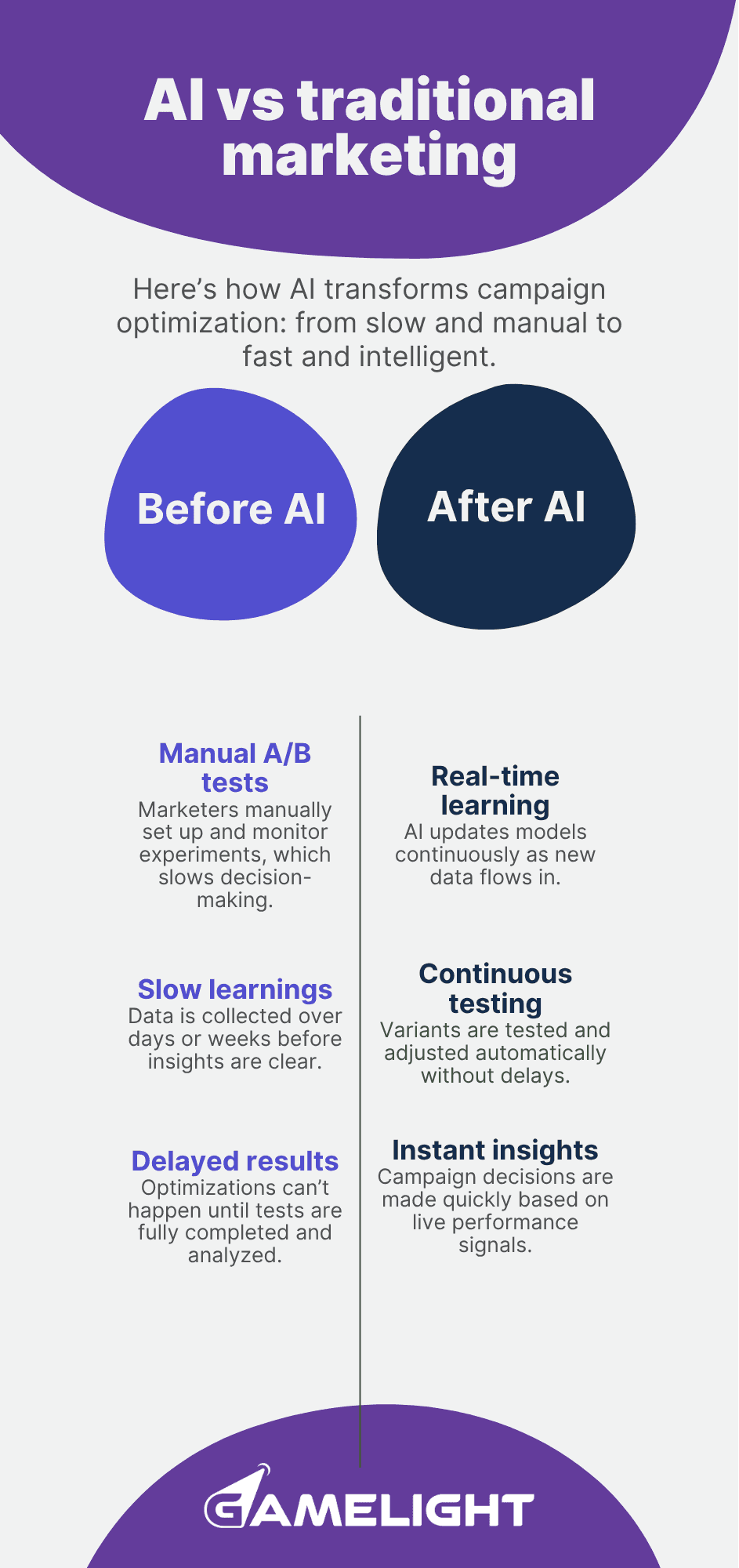
Enabling privacy-safe targeting
Post-IDFA, tools like Meta’s Advantage+ and Google’s Performance Max use AI to find and convert the right users without granular personal data.
Learning from cross-channel behavior
AI doesn’t just improve performance in isolated channels: it enables coordinated, real-time personalization across push, email, SMS, WhatsApp, and in-app messaging. This level of orchestration ensures that each user receives the right message on the right channel, exactly when it matters.
According to HubSpot’s 2024 State of AI Report, 69% of marketers say AI has improved their ability to personalize content across multiple channels, and 74% are now using at least one AI tool in their marketing workflows.
This widespread adoption highlights how AI is becoming foundational for building seamless, cross-channel experiences that adapt to real-time user behavior.
Real-world use cases and examples
1. Predictive targeting in action
Gamelight, the top rewarded UA platform, uses an AI algorithm that analyzes users’ age, location, gameplay history, and reward preferences to match them with the most relevant games.
In a recent campaign for a hybrid-casual title, Gamelight’s AI system and rewarded media strategies allowed it to deliver over 500k installs across Android and iOS. Gamelight’s platform accurately predicted high-LTV users, enabling focused and effective scaling strategies, achieving an impressive D7 to D30 ROAS growth of 235%.

2. Automated creative optimization
AI is transforming how marketers test and improve their ad creatives. Instead of relying on manual A/B testing, AI can automatically identify which versions of an ad perform best, adjusting visuals, headlines, or call-to-action placements in real time.
By learning from past engagement data, AI systems can fine-tune creatives to better match each audience segment. This results in higher engagement, more conversions, and lower acquisition costs, without the usual trial-and-error.
As a result, marketing teams can move faster and scale successful creatives more efficiently.
3. Personalized in-app messaging
AI also enables brands to deliver in-app messages that adapt dynamically to each user’s behavior, such as session length or engagement patterns. This level of personalization helps boost user engagement and conversions significantly.
According to Twilio’s 2024 State of Customer Engagement Report, 39% of consumers say their spending would increase with improved AI-driven engagement. This showcases the significant impact personalized in-app messaging can have on user behavior and business outcomes.
4. Churn prediction and retargeting
In the competitive casual games market, AI-driven churn prediction is becoming essential for keeping players engaged. Marketers use AI to identify users at risk of leaving and trigger personalized push or SMS win-back campaigns tailored to their gameplay patterns and reward activity.
By leveraging AI insights on user behavior and preferences, marketers can reduce churn and improve engagement far more effectively than traditional segmentation methods.
5. Generative AI for messaging content
Generative AI is transforming how marketers craft and deliver content. Instead of manually writing dozens of message variations, AI can now generate highly personalized push, email, and in-app messages faster and more efficiently.
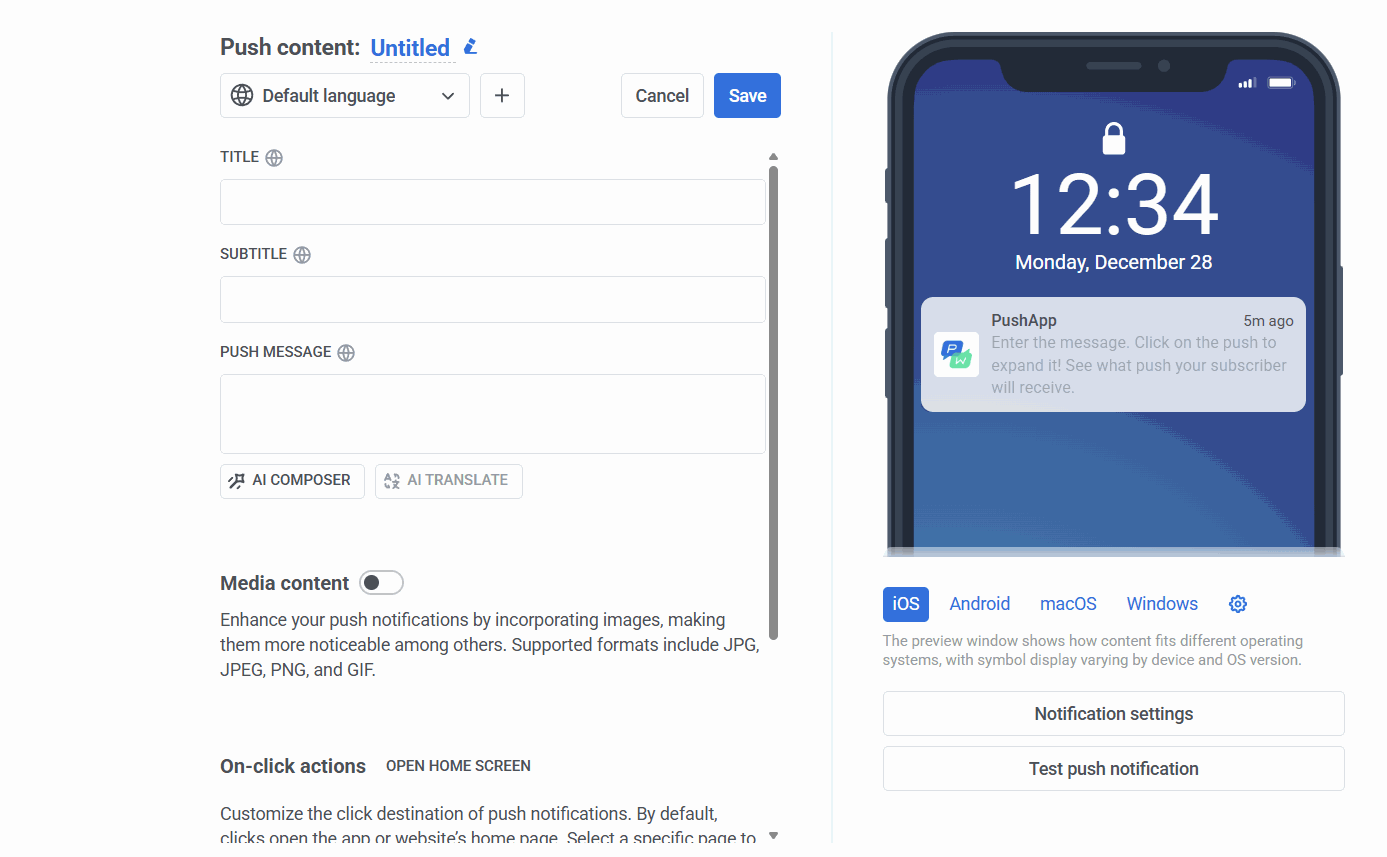
A report by Juniper Research predicts that enterprise investment in generative AI for mobile messaging will surge from $830 million in 2024 to $11 billion by 2028, as brands increasingly rely on AI to automate and personalize communication at scale.
This shift signals that AI-generated messaging isn’t just a trend: it’s becoming essential for marketers who want to engage users with tailored content, without slowing down execution.
6. AI-powered multichannel engagement
AI creates intelligent messaging flows across all touchpoints. For example, an e-commerce app might:
- Send a push notification right after cart abandonment
- Follow up with an email if the push goes unopened after six hours
- Send a WhatsApp message 24 hours later with a limited-time offer
This smart strategy enhances customer journeys and delivers results. According to Salesforce’s 2024 State of Marketing report, high-performing marketing teams are 2.5× more likely to have fully integrated AI into their operations, including cross-channel communication, emphasizing AI’s key role in driving multi-channel performance.

Choosing the right AI tools
There’s no shortage of “AI-powered” tools. To cut through the hype, ask:
- Is it explainable? Can you see how decisions are made?
- Does it learn in real time? Or does it use static rule sets?
- Does it work across all channels? Can it apply logic across push, in-app, WhatsApp, etc.?
- Is it privacy-compliant? Especially important in GDPR and ATT contexts.
Pro tip: Choose platforms that combine messaging automation, behavioral segmentation, and predictive engagement scoring. This is one of the clearest and most effective answers to how to use AI in marketing.
Key metrics to track when using AI
Success with AI doesn’t just mean plugging it in; you need to measure the right things to see the impact. Here are the key metrics that matter:
- ROAS and CAC improvements: These show how efficiently your budget is being spent. A higher Return on Ad Spend (ROAS) and lower Customer Acquisition Cost (CAC) mean you are getting better results for less money.
- Retention (Day 1, 3, 7, 30): These milestones show how well you’re keeping users engaged after they install the app. Higher retention often means better onboarding and more relevant messaging, both areas where AI plays a big role.
- Message open and click rates: These reflect how engaging and well-timed your communications are. AI personalization and smart timing should boost both.
- Churn reduction (%): Tracking how many users you keep from leaving helps prove AI’s value in re-engaging at-risk users and increasing lifetime value.
- Incremental lift from AI vs. manual strategies: This shows the added value AI brings. Compare performance before and after AI implementation to see the true impact on growth and efficiency.
Final thoughts: start small, scale fast
AI is not the future: it’s the present. And it’s helping mobile marketers drive sharper results with leaner teams. If you’ve been asking yourself how to use AI in marketing, the answer is: start where the impact is measurable.
To get started:
- Map your user journey. Identify drop-off points.
- Pick one area to apply AI. Start with push automation or churn prediction.
- Track results. Compare AI-led vs. traditional metrics.
Whether you’re working with engagement platforms like Pushwoosh or acquisition-focused systems like Gamelight, one thing is clear: AI enables marketing that’s not just smarter, but more human, personalized, and effective.

